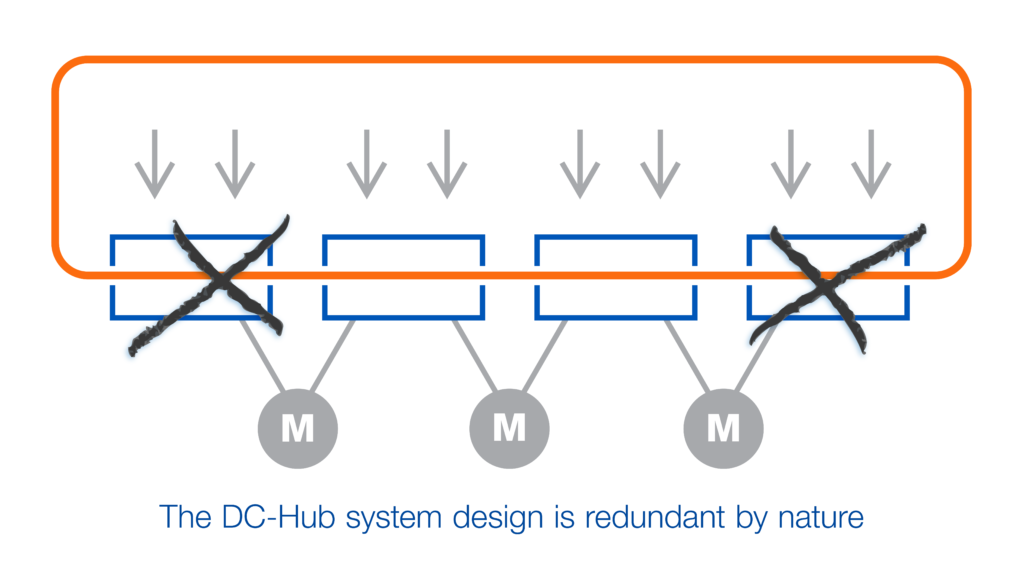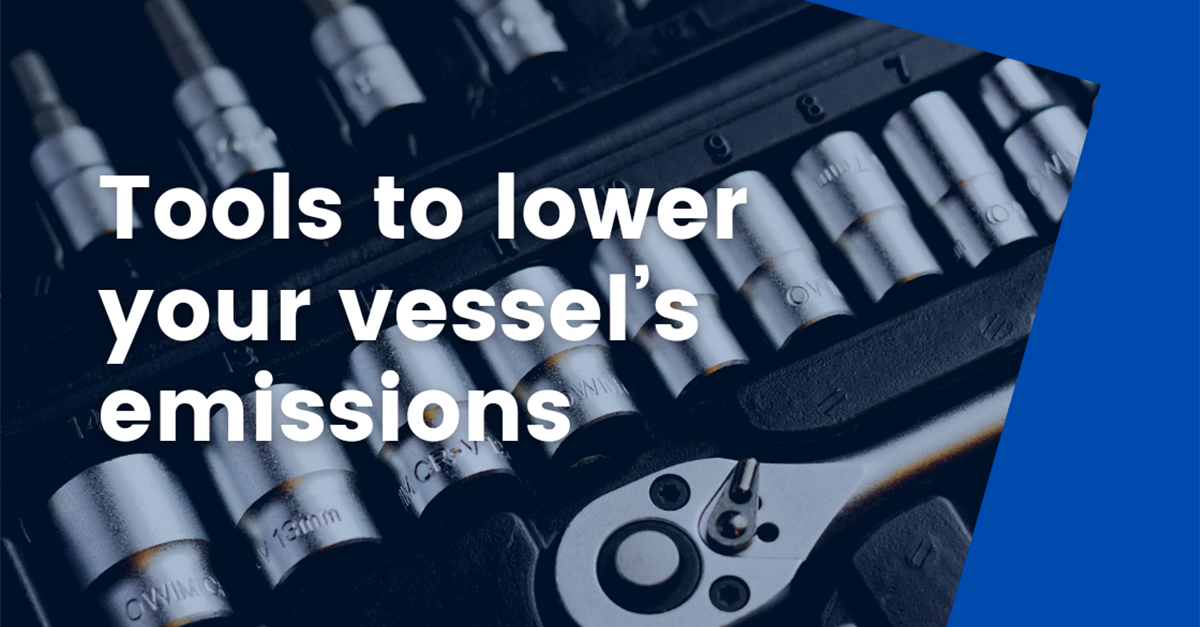The marine industry is looking for ways to comply with looming emission regulation deadlines and prepare for the future. Possible solutions include a host of alternative fuels, further electrification and greater efficiency of current solutions.
The good news is the technology to help meet regulations is already proven and available. Power electronics and permanent magnet (PM) machines make generation, distribution and use of power on board more efficient and lower fuel consumption. They can be a useful part of any solution.
Let’s look in some detail at how this works.
Permanent magnet machines
The Switch permanent magnet technology has approximately a 20-year track record of successful high-power applications. The wind industry has been cutting energy costs with thousands of PM machines, and now the marine industry is getting on board.
What makes PM machines so helpful?
PM machines are very simple mechanically, with literally no breakable or high-maintenance parts:
- No rotor windings
- No slip rings
- No automatic voltage regulators (AVRs)
- No auxiliary equipment
The only significant maintenance needed is for cooling fan motors and bearing lubrication – the latter of which can be handled as part of the shaft line arrangement.
PM machines are very efficient. For marine users, they deliver an average of 3+% efficiency gain across the entire speed range compared to conventional technology.
And PM machines can be applied in a variety of ways.
The technology can also make direct propulsion systems more efficient. “Removing the need for a gearbox reduces energy losses by around 1–2%, and the improved efficiency of the motor brings around 2–3% better fuel efficiency,” says Jonas Nyberg of Berg Propulsion. “Add to that the benefits of being able to put a very large propeller onto the vessel, and you will see an aggregate gain of 10–30% over the conventional or podded propulsion systems.”
Power distribution
Converting from AC to DC and vice versa is standard today, but it’sa wasteful habit from the past. For five reasons, we suggest distributing all your main power in DC:
- Lower original investment cost
- Minimum conversions needed, resulting in the highest possible efficiency
- Compact footprint on the vessel
- Utmost flexibility in layout
- And most importantly, being future flexible and ready for any new electric energy source that might come in the future

Moreover, The Switch DC-Hub concept makes system design redundant by nature.
North Sea Shipping (NSS) was looking for a system that would save fuel during dynamic positioning (DP) operations and reduce their North Sea Giant vessel’s environmental footprint while keeping the high redundancy needed for a DP3 vessel.
Wärtsilä accomplished this by installing The Switch DC-Hubs and batteriesthat allow the vessel to change between engines and run only one engine during many operations, saving both fuel and need for maintenance. Even if a critical fault occurs, the EBL breaker inside the DC-Hubs splits the on-board grids in microseconds to isolate faults and protect the operational system. The vessel now manages 80% of DP operations with only one main engine connected to an electric generator and has cut fuel consumption by at least 30%.
Marine industry emissions challenges can be met, and the technology to help is already in use.
Get in touch with us if you have questions. With over 100 permanent magnet shaft generators sold and over 1,300 marine power drives in operation, we have the experience.
Mikko Lönnberg
